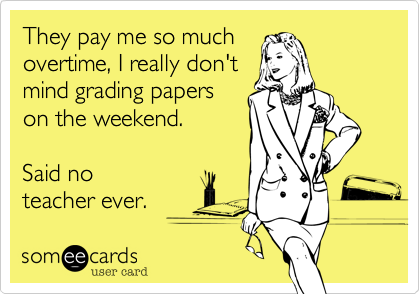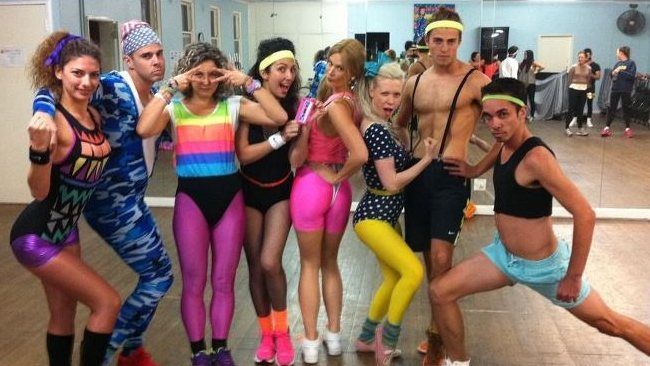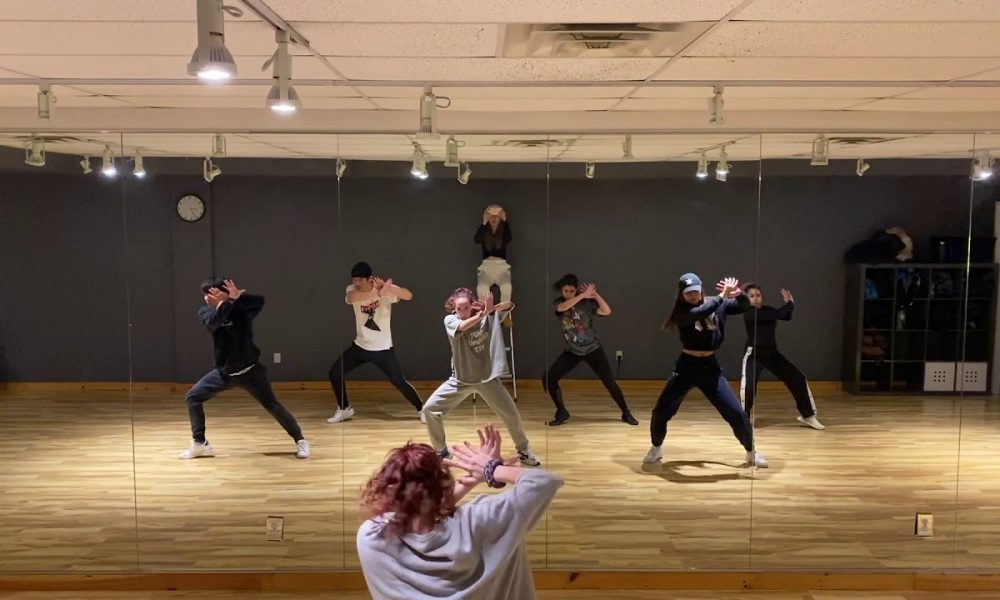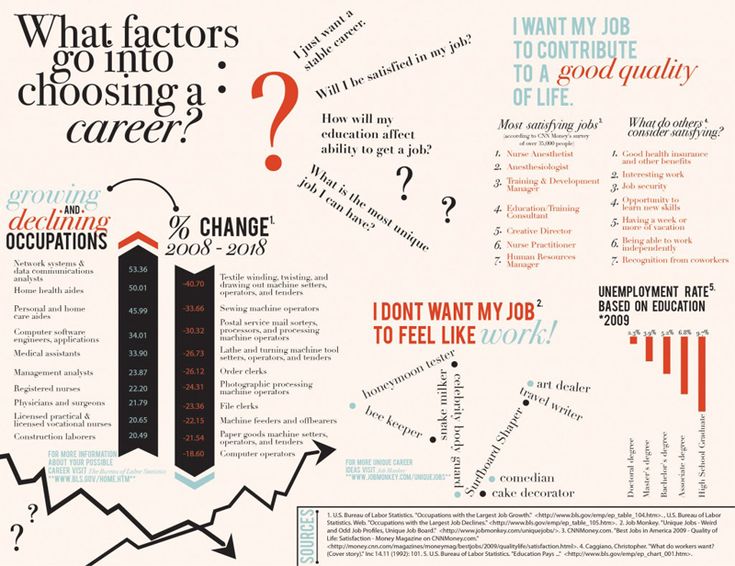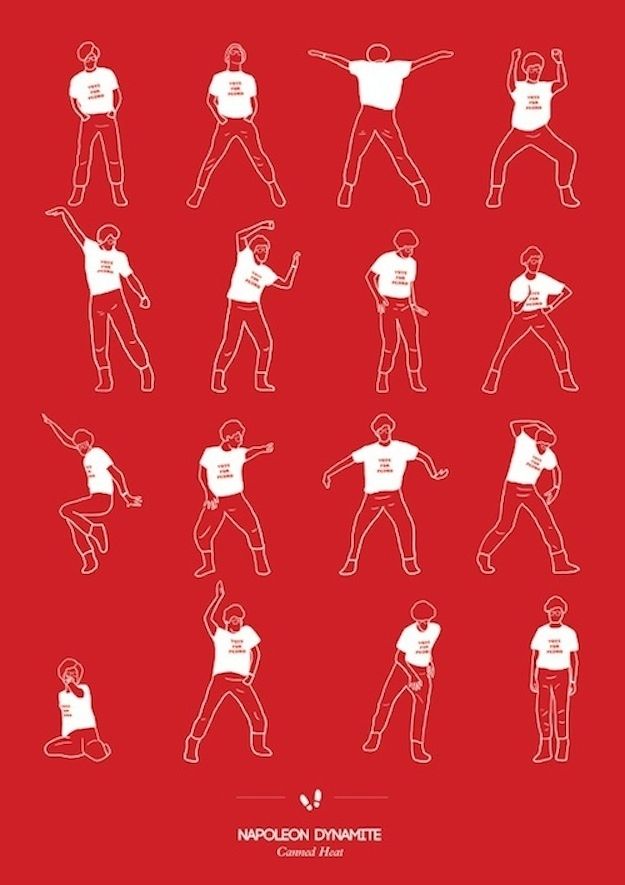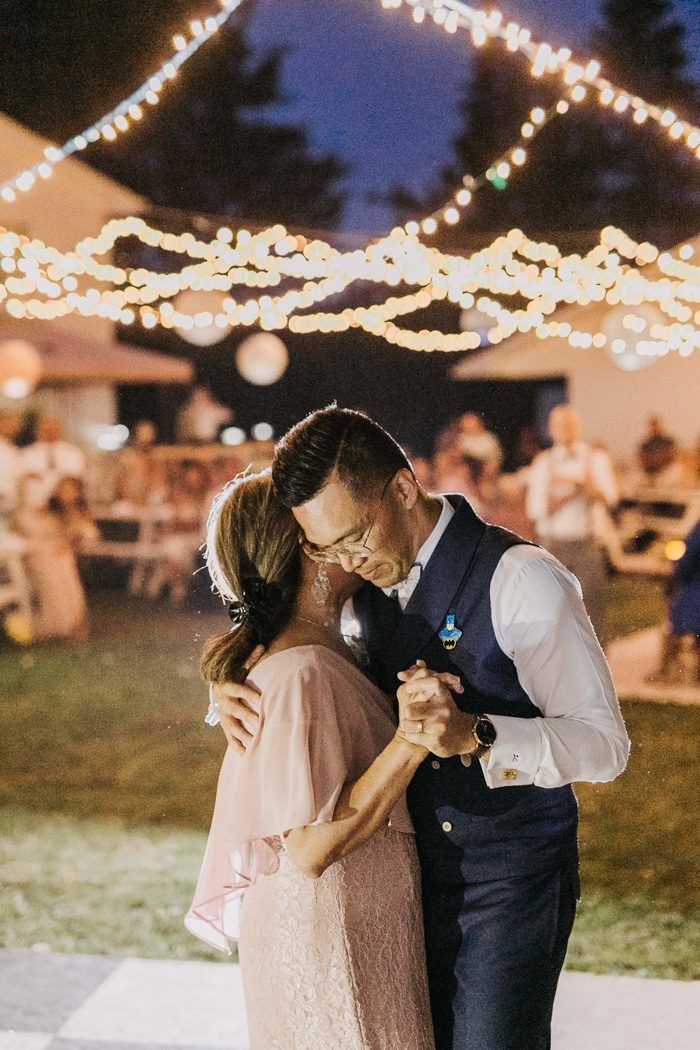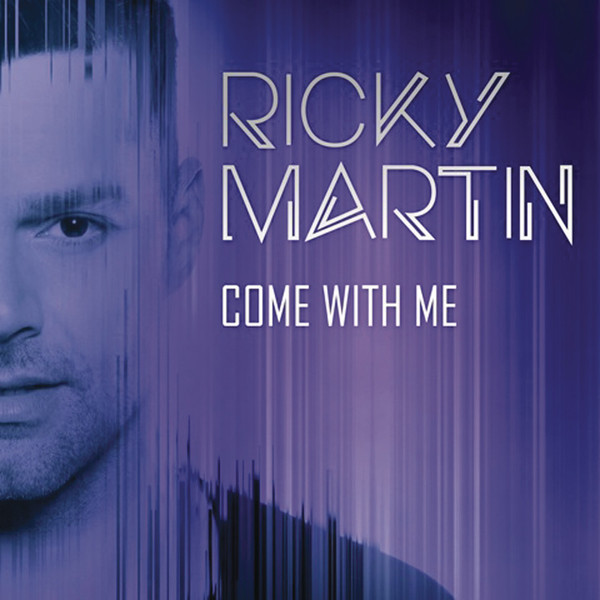Can you teach yourself how to dance
How To teach Yourself To Dance (Ultimate Guide)
Many people love dancing, watching professionals perform smooth moves, and maybe also cheering on friends who can bust a move effortlessly. Dancing is always a wonderful sight to behold. But, it is always a downer when you can’t do those moves like the other guests at a party, especially when the music is just right and all your heart wants to do is get up and hit the dance floor.
Here are the steps you can take to teach yourself how to dance:
- Get in shape.
- Pick a style of dance you’re interested in.
- Follow up with some background research.
- Choose a learning tool.
- Schedule your practice time.
- Stretch and warm-up.
- Observe and start mirroring the moves.
Your inability to dance could be because you never had anyone to teach you or because you live in a place where there are no dance studios, classes, or communities. Regardless, in today’s digital world, you can learn any skill online in no time. And by making use of your phone, mustering determination, and putting in the work, you could be moonwalking in no time.
1. Get In Shape
First and foremost, you need to understand that dancing is an activity that requires movement from every part of your body, your hands, legs, neck, back, head, stomach, and even your toes.
So before you begin any dance lessons, you need to get your body ready and in sync doing several types of exercises. But don’t worry, dancing is a fun activity, so don’t put too much pressure and thought into it.
Just stick with basic exercises that will loosen up your muscles and strengthen your core, which means warm-ups before every lesson is a must. Some basic stretching, sit-ups, planks, and crunches will go a long way to get you in the right shape to tackle those moves.
Picking a fitness app or plan will help you build stamina and boost your morale during the learning process because you’ll be more inclined to continue dancing if you’re in the right shape for it.
Also, you’ll want to get your nutrition plan under control, as what you eat is just as important as what you do to get in shape. Choose proteins, lower-carb veggies, and some fruits for most of your meals. This is a sure way to get the nutrients you need for better health and performance.
2. Pick A Style of Dance You’re Interested In
When you ask most beginners what dance style they would like to learn, a lot of them say, “I just want to learn how to dance.”
This answer is so generic that it doesn’t help your journey to dance at all. It’s like a high school student saying they want to go to college and get a job afterward. That doesn’t help them pick a major in college, and the same applies to novice dancers.
Having a particular dance style or at least a couple of styles can help you figure out how your lessons will go. Different dance styles have different learning patterns, so narrowing your range of interest is important.
There are many different dance styles, including hip-hop, ballet, jazz, salsa, ballroom, contemporary, and much more. Looking at dance manuals, watching your favorite dance shows, or even watching your favorite dancer perform can help you understand which styles interest you the most.
Looking at dance manuals, watching your favorite dance shows, or even watching your favorite dancer perform can help you understand which styles interest you the most.
Maybe you have a thing for old-school hip-hop dances, or you’re more of an energetic, competitive dance lover.
The key is to explore every possible option.
3. Follow Up With Some Background Research
After you’ve successfully narrowed down the dance style you wish to learn, it’s time to do some research on it. You might be wondering why you have to research a dance style when you are about to learn it, but knowledge of something you wish to learn and possibly master never hurt anyone.
You need to know a little about the origins of the dance and how it has evolved over the years. Don’t worry; it is almost a guarantee that it would be an exciting, eye-opening experience as it will give you a better understanding of how and why certain moves are done the way they are.
In a nutshell, be sure to read up on some basic techniques for beginners and nail the moves better quickly.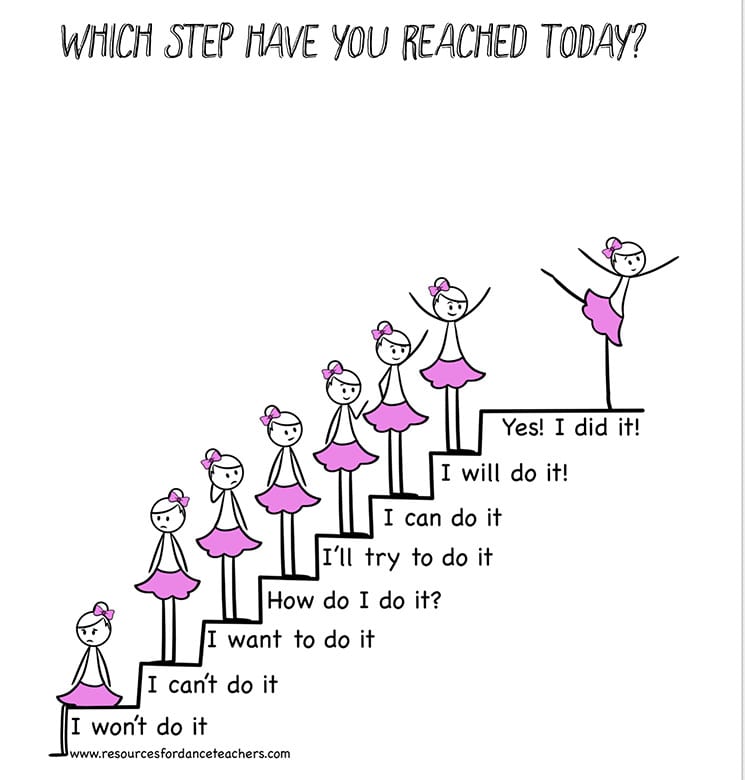
4. Choose A Learning Tool
Choosing a learning tool is not rocket science as there are several free and paid resources to learn dancing from. Learning online is one of the easiest and most common ways of learning any new skill or activity, and picking one shouldn’t be too much of a hassle.
Some of the best learning tools include free YouTube videos and come in different durations and forms. There’s also Vimeo, and while this is a paid platform and requires a subscription, it features some of the best compilation of tutorial videos for beginners on different kinds of dance styles.
Amazon is also another platform with many tutorial materials for sale that you could purchase and learn with. There are other sources of learning materials that you could check out and pick which best suits you.
One way is to use Google or go straight to YouTube and search for videos of your preferred dance style for instructional videos on beginner-level lessons. After getting a few videos that resonate with you and your intended dance style, it’s time to bust some moves.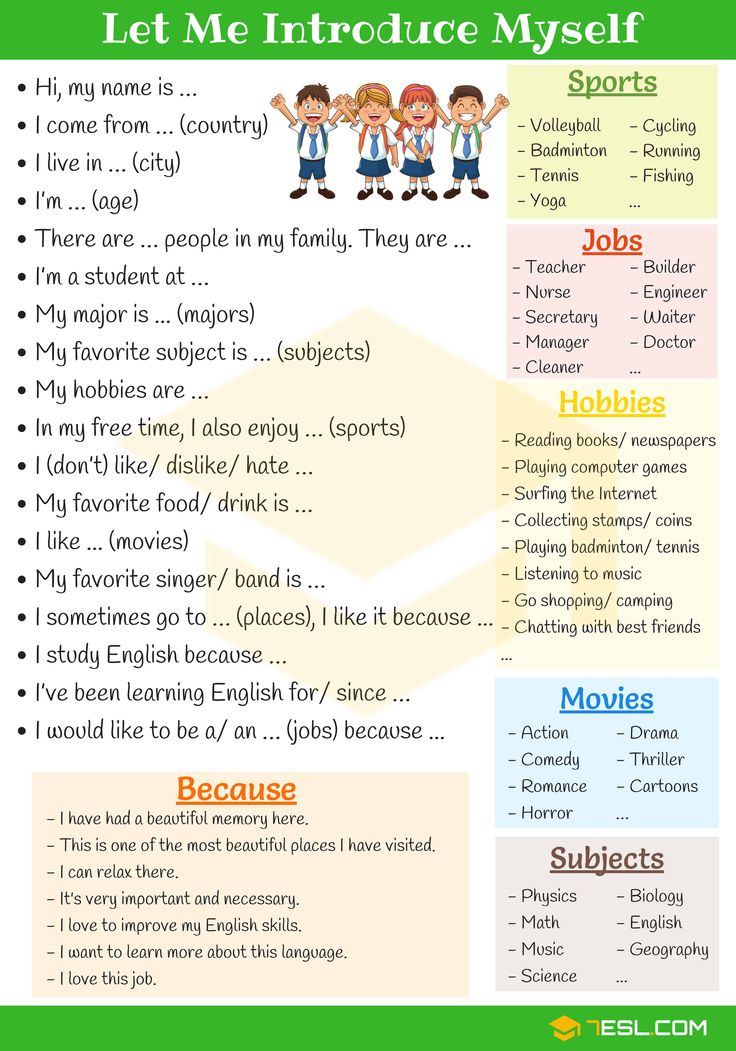
You can watch this video by Steezy to learn some nice dance moves:
5. Schedule Your Practice Time
Remember to schedule your practice times to suit your daily routine and possibly exercise. Dancing is fun and should not be approached like a military drill, but consistency and persistence are crucial to achieving any goal.
If you can, draw up a timetable of when and how long your daily practices would be, remembering to time yourself for as long as is needed to achieve your daily goals.
6. Stretch and Warm-Up
Stretch and warm-up before you start every practice to loosen your muscles and get your body in the right shape to practice.
Some pre-dance warm-up exercises include:
- Jog or run in the room for about 2 to 4 minutes to elevate your heart rate and increase blood flow to your extremities.
- Lay on your back and stretch out your hamstrings by pulling your knees to touch your chest and returning them to the floor.
- Sit on the floor and stretch your legs out.
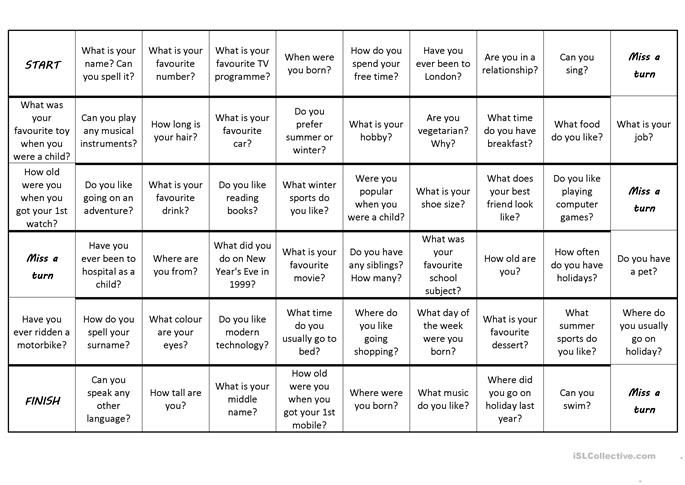 Then try to touch your toes with your fingers. This exercise might be a bit hard for first-timers, but not to worry, constantly doing it will loosen up those leg and calf muscles.
Then try to touch your toes with your fingers. This exercise might be a bit hard for first-timers, but not to worry, constantly doing it will loosen up those leg and calf muscles.
Watch this video by Dancercise on how to do warm-up before dance:
Cooldown and rest up for a few minutes after the warm-up exercises. This step will conserve your energy and restore stamina for when you begin dancing.
7. Observe and Start Mirroring the Moves
Play the video you have picked and observe how the instructor completes each move. Be sure to watch each video at least twice to get acclimated to it before you start mirroring the moves.
Begin to mirror the instructor carefully, performing each step as identical to the instructor as possible. Watch the angles from which the instructor is moving to help you execute those same moves to perfection.
If you’re learning a routine, be sure to break it down into segments before attempting to learn it. Begin from the top of the first set of movements, and when you’ve comfortably mastered it, you can proceed to the next segment.
Practice, practice, practice, repeat, repeat, repeat. Practice makes perfect, and the same is valid for dancing as well.
Why Learning To Dance on Your Own Might Be Beneficial
Right about now, you might be wondering if self-teaching yourself to dance is the right way to go.
Chances are you are already asking yourself, what if you can’t do it as well you would if you paid for dance classes, or what if you slack off with the lessons because “who’s gonna know?”
These questions are all valid points and should be considered before attempting to self-teach yourself dancing, but there are some benefits to learning how to dance on your own. This might be the better option because it comes with many benefits that would suit everyone regardless of who they are or how their schedules may be.
Let’s take a look at these benefits now.
You Learn at Your Pace
Picking up a new hobby and learning it from scratch can be terrifying sometimes, but it can also be fun and liberating. After considering that, it’s easy to see why embarking on the learning process at your own pace is vital for getting the best out of the experience.
After considering that, it’s easy to see why embarking on the learning process at your own pace is vital for getting the best out of the experience.
Most people who learn to dance through dance classes will probably tell you that however fun and exciting it is to learn with a group of people, it is equally daunting as they all have to share the same dance coach.
The lack of personal attention will leave you on an average learning journey that might not benefit you all that well.
Self-teaching yourself to dance will equip you with the freedom to set your own goals and time limits and enable you to submit to the process without any undue pressures that might disrupt your learning journey.
It Will Help You Blend Dancing Into Your Daily Exercise
Exercise is an essential aspect of our daily routines and should be done regularly to keep us tip-top shape, but how do you manage exercises when you’re not really in control of your schedule?
Some people might like to exercise in the mornings and get on with their day right away, and having to do dance lessons, later on, might be a bit too much.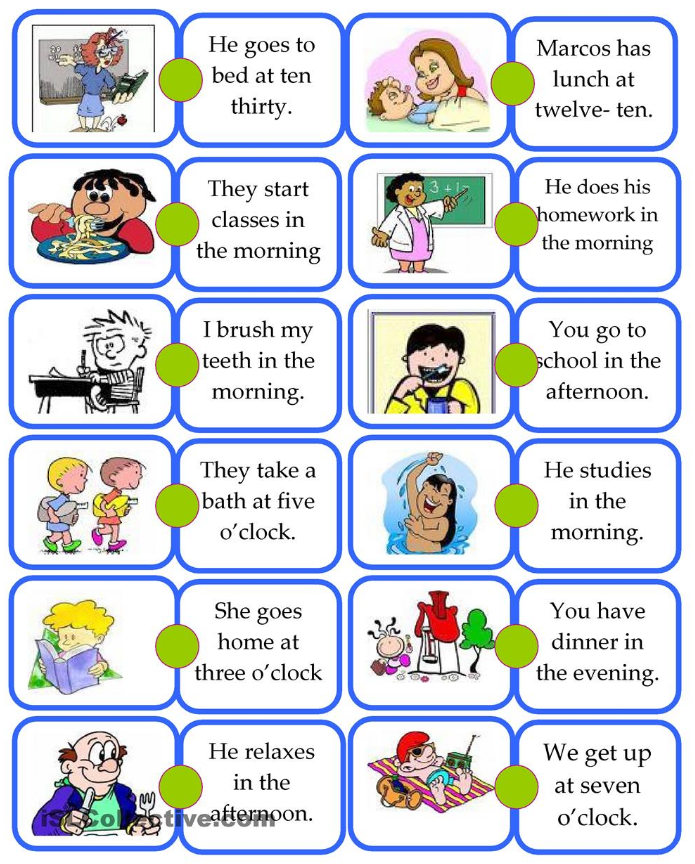
While self-teaching yourself to dance, you can incorporate your dancing time into your exercise time using the lessons as a form of exercise. You could do both in the mornings and get on with your day or do it whenever you feel convenient for you, giving you complete control over your time.
The Learning Process Can Be Enjoyed as a Hobby
Some people dance as a profession, while others do it as a pastime. Some other people, however, are just born with it. But whatever your intentions are for deciding to learn dancing shouldn’t stop you from enjoying the process.
Self-teaching yourself to dance can be a long journey, and your determination to love the process can make it more enjoyable. Making the dancing lessons a hobby might be the learning curve you need to get the best out of the process.
It Could Be the Motivation You Need To Learn Other Hobbies
Never overestimate the power of learning a new hobby or skill from scratch. The level of will and determination it builds is something that will impact you even after you’ve achieved your goal.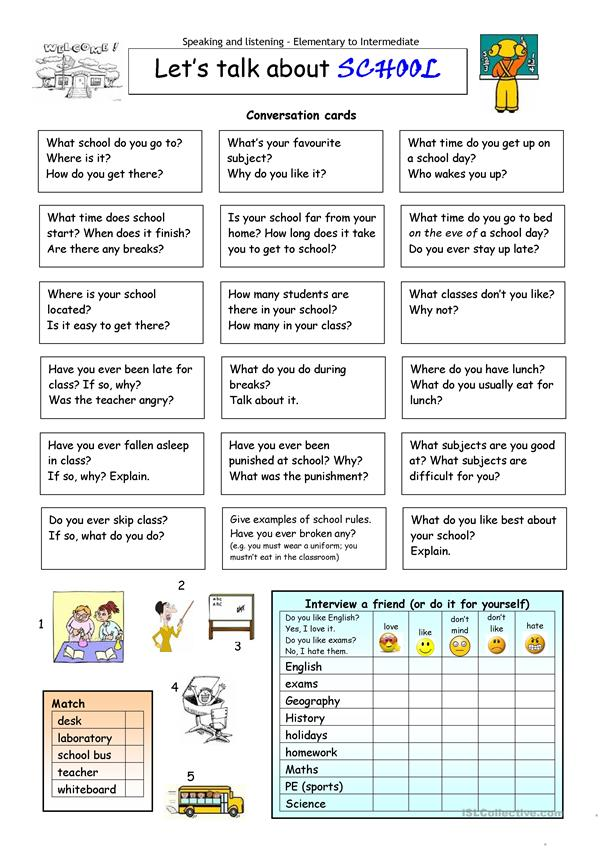
The resilience a self-taught process builds is remarkable as you and you alone are in charge of motivating yourself and pushing through the lessons day after day. It is a fun way to build character while learning some neat moves along the way.
Furthermore, your decision to start learning dancing could help motivate a friend, family member, or spouse to join in as well.
Final Thoughts
Learning a skill or hobby can be quite challenging, and doing so from scratch is even more so. But determination and consistency in your practice will surely yield good results. The suitable materials coupled with the right attitude will go a long way, which is just what you should do.
Practicing every day with the right mindset will have you dancing like a young Michael Jackson in no time, and all the time and effort put into it will be worth it in the end. In all, remember to have fun, and you’ll enjoy every moment of it. Enjoy.
How To Become a Self Taught Dancer : Dance
Disclaimer: I am not a professional dancer, and all the tips and details I am sharing with you guys are related to the things which helped me with my dancing.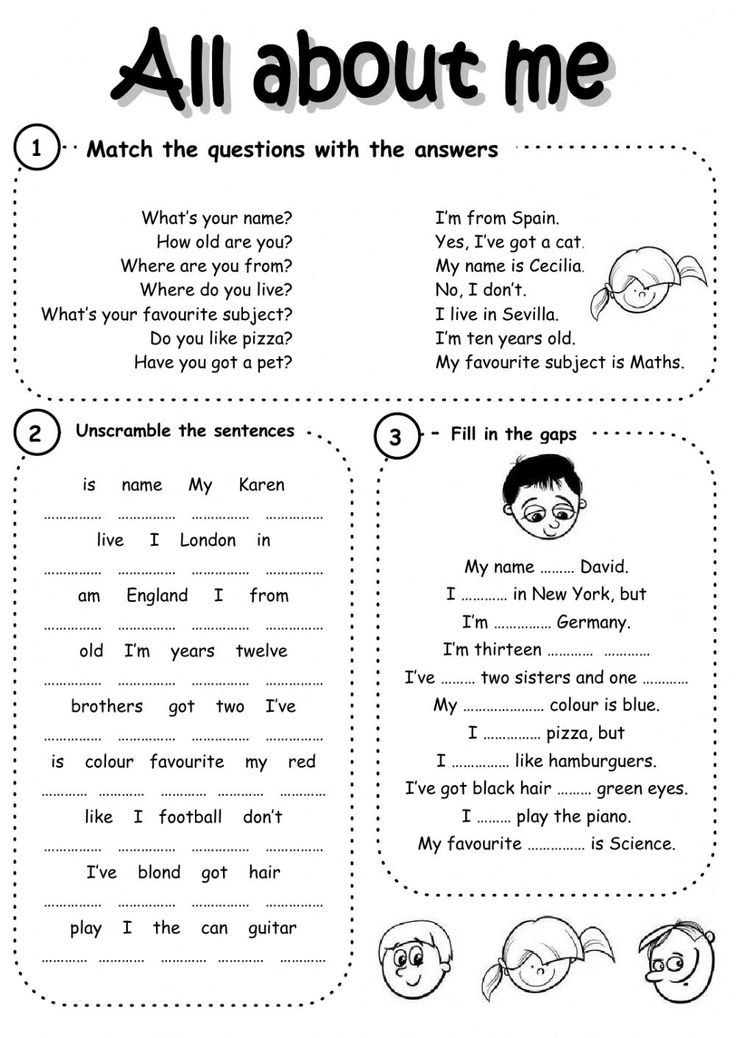 I do not speak for dancing community, but only for myself. This is my personal advice from a person who is just passionate about dancing. If you do not want to read my tips, feel free to ignore this.
I do not speak for dancing community, but only for myself. This is my personal advice from a person who is just passionate about dancing. If you do not want to read my tips, feel free to ignore this.
I have been dancing for around 5 years, and I learned everything basically watching from tutorials and YouTube videos and dance battles. So I decided to share some of my tips and things which might help someone who is willing to learn dancing.
If you guys are interested on checking out my dancing , I have my instagram page where I upload my dances. Insta: Darseiy (gotta get that clout lmao)
In this thread I will give tips on:
- where to start
- what to learn and practice
- what exercises you need do as often as possible
- how to find your own style
- and how to dress like a dancer (really important in my opinion)
*Before I go into the details, I want to let you know guys that I specialize only in Hip-Hop and Popping*
- Here is a backstory / Where I started / to start :
During my high-school years, I took Krump dance classes for around 2 months, and from that time I fell in love with dancing.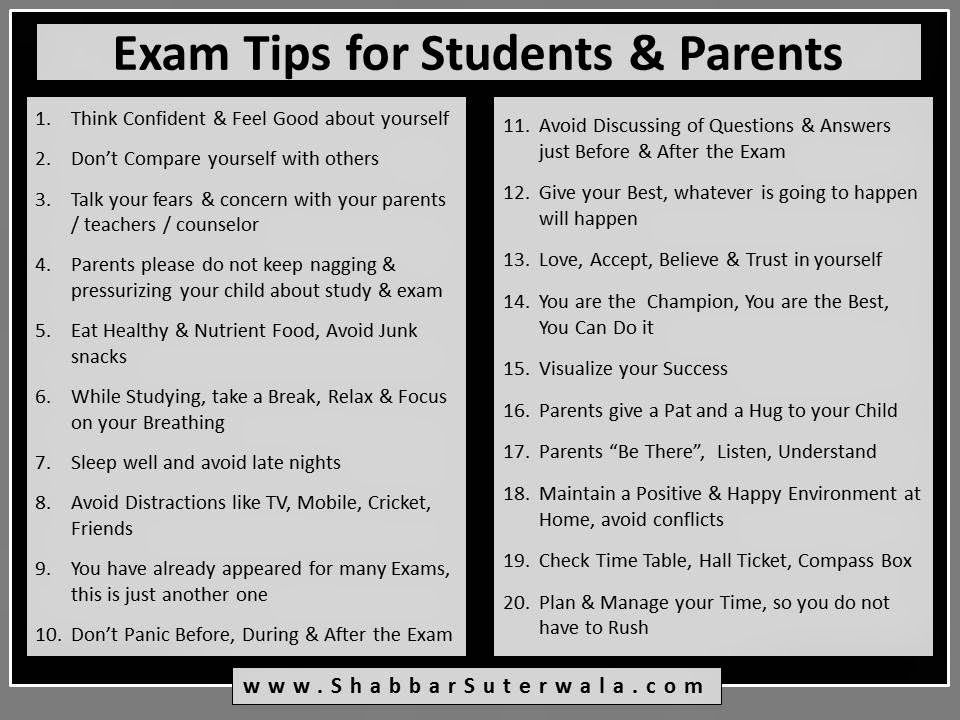 Due to my graduation exams, my papers wouldn't let me go continue dancing anymore and forced me to focus on my academic responsibilities. Since I couldn't go to these classes anymore, I was just secretly practicing myself at home by watching Krump dance battles. By that I also started to check out Popping and immediately got hooked in with that style.
Due to my graduation exams, my papers wouldn't let me go continue dancing anymore and forced me to focus on my academic responsibilities. Since I couldn't go to these classes anymore, I was just secretly practicing myself at home by watching Krump dance battles. By that I also started to check out Popping and immediately got hooked in with that style.
I never knew how to start to learn Popping, so basically my first 6 months I was trying to imitate my favorite dancers' moves. In my opinion, if you want to learn 'street' or 'freestyle' dancing, I think Popping is the great start. With Popping you can learn how to do Footworks, Waves and Body Control which are essential part of a freestyle dancer.
There are a lot of tutorials on youtube, where a lot of dancers teach how to 'pop', do waves and control your body just like Popper. If you can master those things, you can easily go into different styles with no hardship. Popping also helped to dwell into hip hop and I will talk about that later on the thread. But for now, I will start with Popping.
But for now, I will start with Popping.
- What to learn and practice
In my opinion, you only need to learn these three things before you go to advanced category. There are only three basics I practice till this day and still find it helpful in a lot of ways.
First thing you need to learn is how to Pop. Pop is basically tensing up the part of your body and releasing. When you learn how to do Pop, it will help you to feel the rhythm of the music, and help you to control your body and hit the right beats in the song. To be honest, you can practice to Pop anywhere and anytime you want. I used to just practice it on my way to school. I would just wear my headphones, and put on some music and literally would just pop my arms on my way to school. Sometimes, I am at home, I would learn how to pop my legs, chest or my whole body. There are a lot videos on Youtube, where they teach you to how to it.
I would recommend you guys to look up the Youtuber named Mihran Kirakosian
Second thing you need to learn is Waves. If you have watched any dancing videos, you would stumble upon people who to waves with their hands or arms or with their whole body. Because it's the most essential part of dancing as well. Back then, I thought doing waves with arms is the coolest thing ever. Luckily doing waves is not that hard and you can learn how to do it in 2 weeks max. Here is a thing. A lot of things which dancers do at first feels like they don't have any bones in their body. All what dancers simply do is "Illusion". They trick you think that they are doing something impossible behind it, but at the end of the day there is a simple trick behind it.
If you have watched any dancing videos, you would stumble upon people who to waves with their hands or arms or with their whole body. Because it's the most essential part of dancing as well. Back then, I thought doing waves with arms is the coolest thing ever. Luckily doing waves is not that hard and you can learn how to do it in 2 weeks max. Here is a thing. A lot of things which dancers do at first feels like they don't have any bones in their body. All what dancers simply do is "Illusion". They trick you think that they are doing something impossible behind it, but at the end of the day there is a simple trick behind it.
These two videos will basically help you out to learn these tricks:
https://www.youtube.com/watch?v=K2FFULkmC-g
https://www.youtube.com/watch?v=xbkUOBgJMFs
And the last thing is Footwork. Footwork does not really have a definite practice for it. Well as far as I know, every dancer does different things with their feet. So in this case I just want you to look up on youtube and search on how to do footworks and you will get the gist of what kind of footwork you like or not.
So in this case I just want you to look up on youtube and search on how to do footworks and you will get the gist of what kind of footwork you like or not.
Alright, now that we learned the basics. We can move to the next step. Before you start practicing these three, I want you to guys look up on how Isolation. Isolation is similar to waving??? kind of?? I think this video will help you to understand on what it really is. Just take my words on this, because it's really important.
- What exercises you need to do as often as possible
To be a dancer, you also need to be in a good shape as well. You have to warm ups before you practice and do a little work outs. Also you need to stretch your body in order to not receive any injuries in your muscles. You can do muscle stretching the way you want, and here is a video on work outs that will help with your physique and actually can help with your dancing moves.
So what I do before practice is
Practice Isolation
Warm up and stretch my muscles
Do little work outs
- How to find your own style
Alright, we go to the part where you need to start watching videos.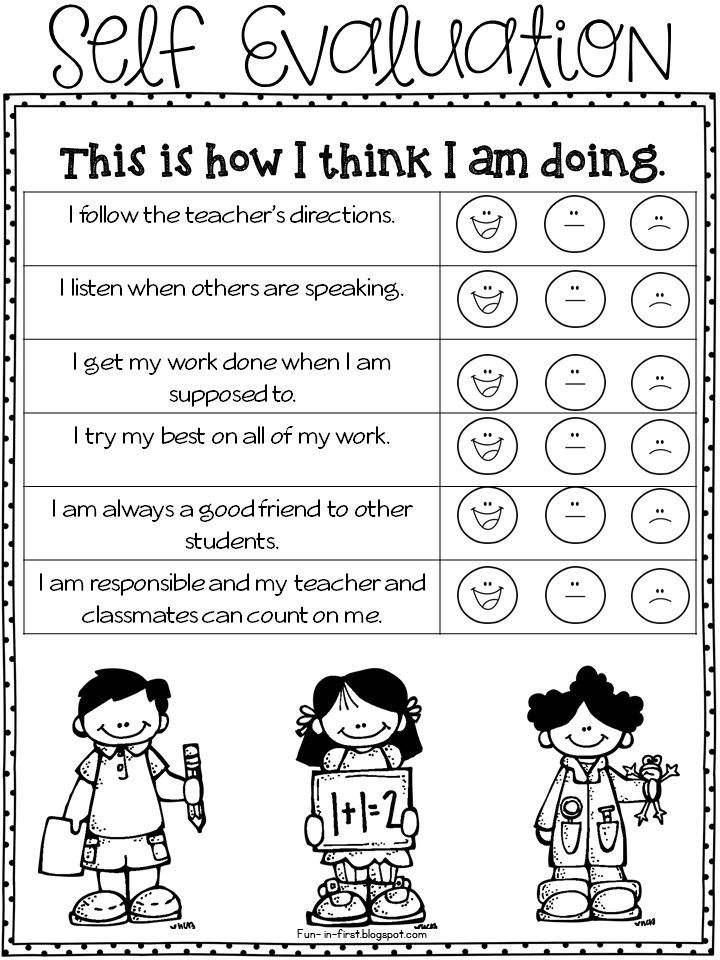 Every artist gets inspired by another artist. I believe by just simply practicing, it won't really get you anywhere. Try watching dance battles or any fun choreographers you enjoy. It's okay to copy their moves or their style at first, because at the end of the day you came here to learn. When J Cole started to rap, I remember he said he tried to rap like Eminem. And look at him now. He is a respectful MC with huge fanbase. All I am saying is it's okay to bite someone's style. By learning their styles, it will help you create your own style and your own way of dancing. Because, you are the one who is dancing at the end of the day.
Every artist gets inspired by another artist. I believe by just simply practicing, it won't really get you anywhere. Try watching dance battles or any fun choreographers you enjoy. It's okay to copy their moves or their style at first, because at the end of the day you came here to learn. When J Cole started to rap, I remember he said he tried to rap like Eminem. And look at him now. He is a respectful MC with huge fanbase. All I am saying is it's okay to bite someone's style. By learning their styles, it will help you create your own style and your own way of dancing. Because, you are the one who is dancing at the end of the day.
My personal recommendations:
You need to check out these dope dancers in Popping: Hozin, Hoan (my favorite), Kid Boogie, Nelson, Dokyun, Popping Kite, Popping J, Boogaloo Kin
Hip Hop: Les Twins, Waydi - alright here is a thing, I love hip-hop because of Les Twins. I am a huge faaaan. I think their styles are very unique and my style of dancing is inspired by them. So basically when it comes to Hip-Hop, honestly I only follow Les Twins. Sorry on that.
So basically when it comes to Hip-Hop, honestly I only follow Les Twins. Sorry on that.
But hey, you can look championships such as Juste Debout, GS Fusion where one of the best dancers compete in those events. Look up the finals and you might your own favorite dancer.
- How to dress like a dancer
This is probably only my gripe. Because I think clothing plays a huge role when it comes to dancing. Poppers and Hip Hop dancers tend to wear oversized or baggy clothes. And that type of clothing kind of makes your moves even more cooler and more clear than it is. For example, it 's hard to waves when you are a beginner with skinny jeans or shirts. Also they tend to wear skateboard shoes like Vans or Nike Blazers. Those shoes does magic to your footwork. So, look up what dancers wear and see it for yourself.
I hope you find these tips helpful and good luck! If you have any questions or things I got wrong, let me know in the comments! Thank you for reading.
Dances
Author: Pavel Gather
Psychologist, Lecturer Salsa and Tango
Dances
Author: Pavel Pavel
Psychologist, Lecturer Salsa
on At the start, you always want to get a quick result. When it doesn't happen, the hypothesis arises that everything takes time. After a conditionally acceptable time, humility comes to mastering pair dances, which, perhaps, is not given, and I will just do what I learned somehow.
This is the most common story of those who believe that the mere act of attending a pair dance class is enough to learn how to dance.
Absolutely not. If you want to really dance well, you have to make an effort outside of the dance class. A good teacher will definitely be needed, but the initiative should be on your side.
1. Listen to music
The most common and accessible advice that is given already in the first lessons.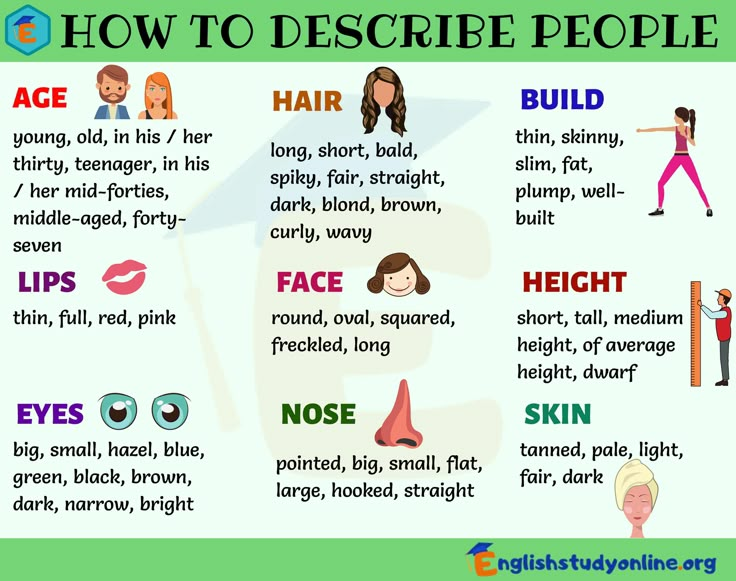 And it definitely works. Music creates a certain atmosphere of the dance and intuitively you want to move to it. It doesn't matter where you listen to music - in the car, on headphones while walking or doing household chores.
And it definitely works. Music creates a certain atmosphere of the dance and intuitively you want to move to it. It doesn't matter where you listen to music - in the car, on headphones while walking or doing household chores.
An addition that will help you dance better is your active participation in the music. Sing along, dance or simply beat musical accents with any free parts of the body. In the subway, for example, it is enough to tap out bright moments with your fingers, in the car to sing along with sounds, and at home you can jump for pleasure.
2. Watch videos of good dancers
It's complicated, but also obvious. It’s more difficult, because without recommendations from more experienced dancers, unfortunately, it’s not so easy to find a good quality video on the net (I mean not the resolution quality, but the content itself).
Meaningful video viewing is about building an understanding of HOW dancers make a particular impression on a partner or viewer.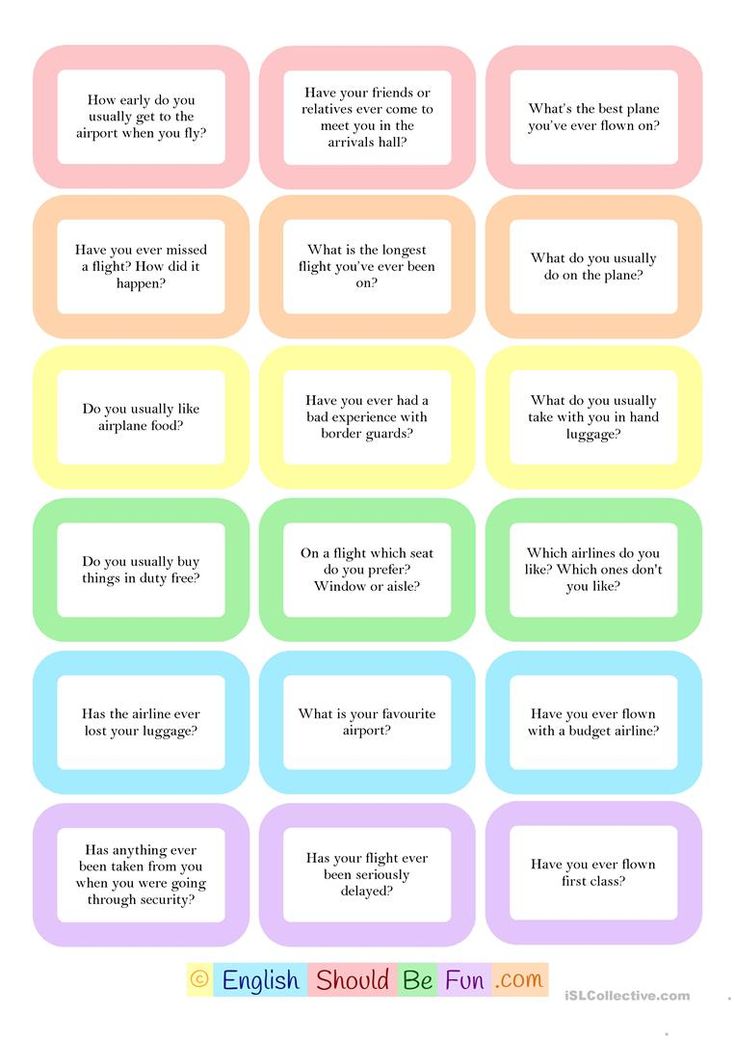 Technology is at the heart of everything. Understanding how the pros do it is a big step forward.
Technology is at the heart of everything. Understanding how the pros do it is a big step forward.
It is important to distinguish a show from a disco dance, a staged performance from an improvisation, a stylized dance from an authentic one, etc. Ask for recommendations and dance teachers will always throw off a couple of videos of worthy landmarks.
Tango Z. Showreel.
Online modern tango courses
Tango nuevo is the most advanced version of tango. We can quickly learn to dance from zero to a steep level.
| View details |
3. Dance in salsatecas/milongas/discotheques
A very delicate moment when it is worth coming to the first party. From a technical point of view, most students in 1-3 months have a sufficient set of figures and techniques to come and dance calmly. Psychologically, the same moment can be stretched out for an indefinite time. After all, it is imperative to “not lose face”, “learn more figures” and be sure what to do in case “there is an unfamiliar movement”.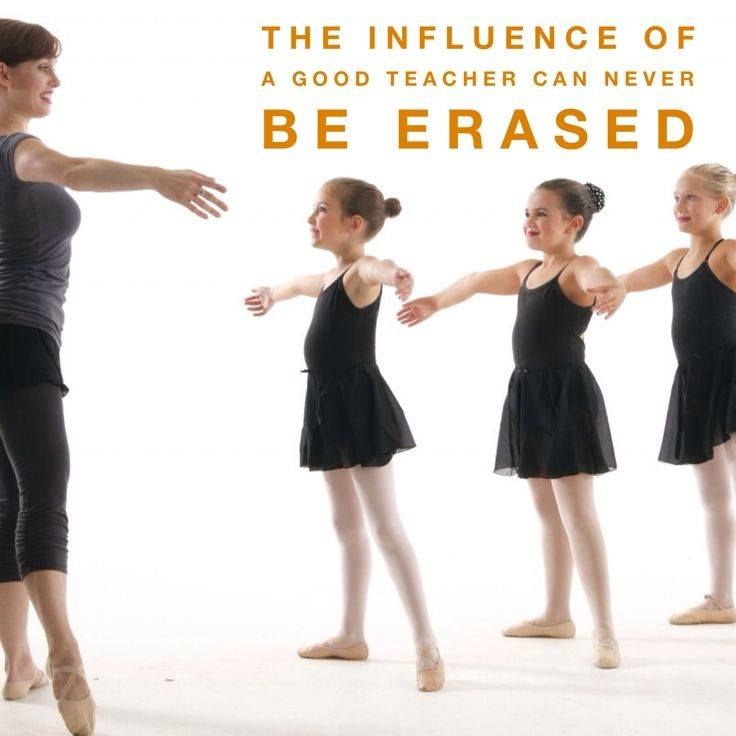
In fact, the partygoers don't really care (except for a small layer of non-professional teachers who want to help inexperienced dancers by treating them as customers in the future). It is important to come and try dancing after a month of classes. You can only with friends or guys from your group. This will be enough to feel the adrenaline and inspiration from the dance.
4. Dance with partners or partners not of your level
The conventional wisdom that you need to practice in groups of your level does not withstand the test of experience. Perhaps now your eyes widened in surprise, and you want to meaningfully read the phrase again. Yes, you saw everything correctly: when you dance with a partner of your level, you don’t grow anywhere.
It's important to understand that not only does it work one way and you have to dance with cooler dancers, but it works even more effectively the other way. It is no coincidence that teaching pair dances dramatically raises the level of the teacher himself. You have an endless stream of very beginner dancers.
You have an endless stream of very beginner dancers.
How it works. A more experienced partner needs to be "stretched". It's easy and obvious. With beginners, you need to take more initiative on yourself, see the general pattern of the dance more widely, turn on and insure more, try to be an example and be more careful. The quality of interaction begins to grow significantly. And wonderful partners too.
Dancing with partners of your level doesn't make you grow. Dance with both beginners and more advanced dancers
Dominican Bachata Women's Style Online Course
Want to learn how to hypnotize those around you with the most appetizing part of your body? On the course we will tell you all the secrets.
| Interesting |
5. Learn to dance for a partner and for a partner
Turks and Argentines are one of the best partners in the world. In Russia, partners are highly valued. Why? The answer is simple. In Argentina and Turkey, it is not questionable for men to ask another man to lead in one piece or another and give feedback on the quality of the lead. For them, it will be a great shame to hear moralizing from a partner, or even more so to be known in the community as an insecure partner.
Why? The answer is simple. In Argentina and Turkey, it is not questionable for men to ask another man to lead in one piece or another and give feedback on the quality of the lead. For them, it will be a great shame to hear moralizing from a partner, or even more so to be known in the community as an insecure partner.
In Russia, due to the constant, often far-fetched, opinion that there are more women in pair dances, partners calmly get up and study their partner's part. Such partners then grow into very cool dancers and teachers. In no case do this at parties, only in class. Here we are talking only about the learning strategy. At parties, be yourself.
6. Do not memorize the links
Always try to look deeper and understand the through principle and idea of movement. Understanding what and how is done will make it possible to independently generate any sequences and chips.
Human memory is limited and there will always be a moment when something will escape and your repertoire will be limited by the size of RAM.
In Argentine tango, for example, there are seven levels of movement construction that, when mastered, will allow you to make millions of combinations. And how many dance sequences can you really remember? In rueda, more than 150 figures dance in a rare circle. It's hard to keep more in mind.
7. Develop your body
Many years of experience in teaching couple dance shows that as soon as everyone pairs up in a class, any progress in individual style ends. But it is the individual style that distinguishes everyone at the disco: partners change, and style is always with you.
The body as the main instrument of dance must be very plastic, responsive and emotional. Surprisingly, not all pair dance schools have a general physical warm-up. It is vital to tune the body and understand how it works.
You can always train extra and concentrate more on the basic steps, as their true value is as body work. The sequence of steps is, in fact, the simplest thing that can be in pair dancing. The quality of individual performance determines the craftsmanship.
The quality of individual performance determines the craftsmanship.
8. Try on the images of inspiring dancers
A psychological life hack for those who have already mastered the steps, but still feel that there is not enough brightness and drive. Most are terribly afraid of being someone else's "clone". Here the action is the same as under the influence of hypnosis - the more you resist, the more you plunge into an altered state of consciousness.
With a high degree of probability, you are already dancing like someone else's "clone". A meaningful fitting of someone else's image is that you mentally take the image of the one who inspires you (inspiration is critical in this case) and "put on" yourself. Then you start dancing and trying to feel in general how it is to be able, for example, to be the best partner or the sexiest partner in a disco. This is much more difficult than it seems. But it works extremely efficiently.
9.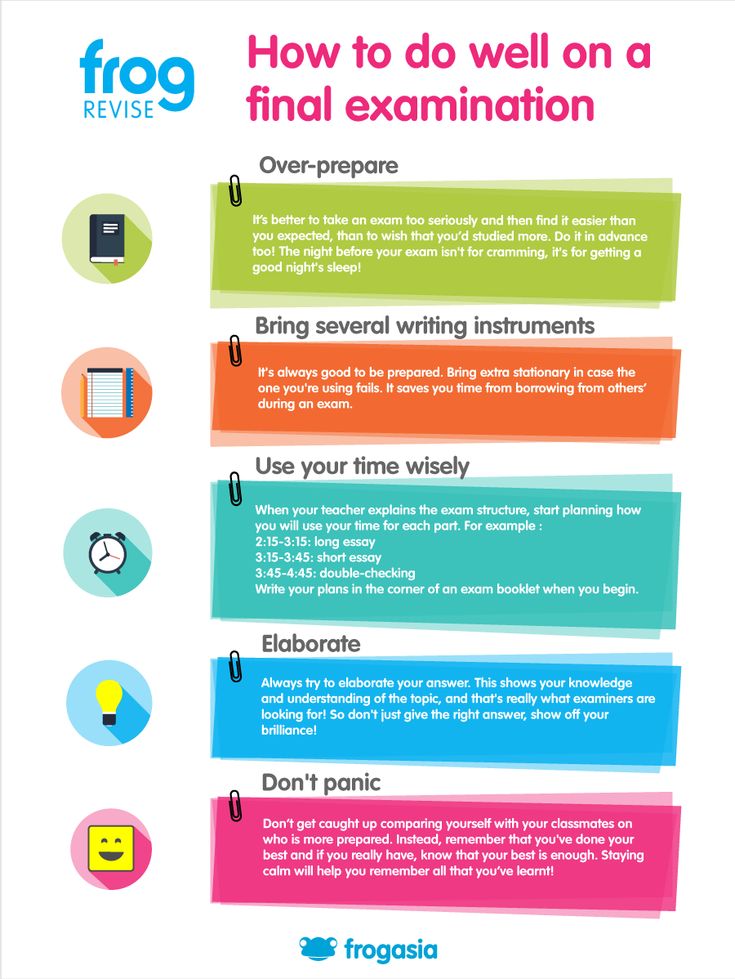 Dance to offbeat music
Dance to offbeat music
Habitual rhythms keep you tight. Tango salon or speedy timba leave little room for experimentation and fantasy. Pattern dancing is always noticeable and is reserved for beginners.
The truly new is born outside of the usual. Look for places to experiment. If there is no place, organize self-training. The main thing is not to get carried away, because music determines the style. We bring something new to pair dances, rather than trying to change them.
Search, improvise, don’t be afraid to go beyond, develop in different directions, be inspired by music atypical for the style
10. Try your hand at basic dance directions
dances exist according to their own non-choreographic laws.
This is the deepest delusion, which has turned into a ceiling for the qualitative development of partner dances. After all, all professional dancers, for example, in salsa or bachata, build their ideas on the basic choreographic principles.
Do not think that choreography is only applicable on stage. Any meaningful movement of the body can be choreographic. In general, try classical or modern choreography. Basically, hip-hop can work too.
11. Look for battle sensations
Pair dances return us to an active position of manifestation of our body. As in the days of our ancient ancestors, we impress the members of the opposite sex by how dexterous, hardy, sexy, etc. we are. Modern laws of the jungle in the entourage of large cities.
If you look around the dance floor, it becomes clear that the majority are clearly herbivores (not in the sense of vegetarians, but in relation to those around them). I am sure that predators are always more interesting in terms of the attractiveness of the image - try to find a counterbalance among herbivores, for example, a cat woman or a lion man.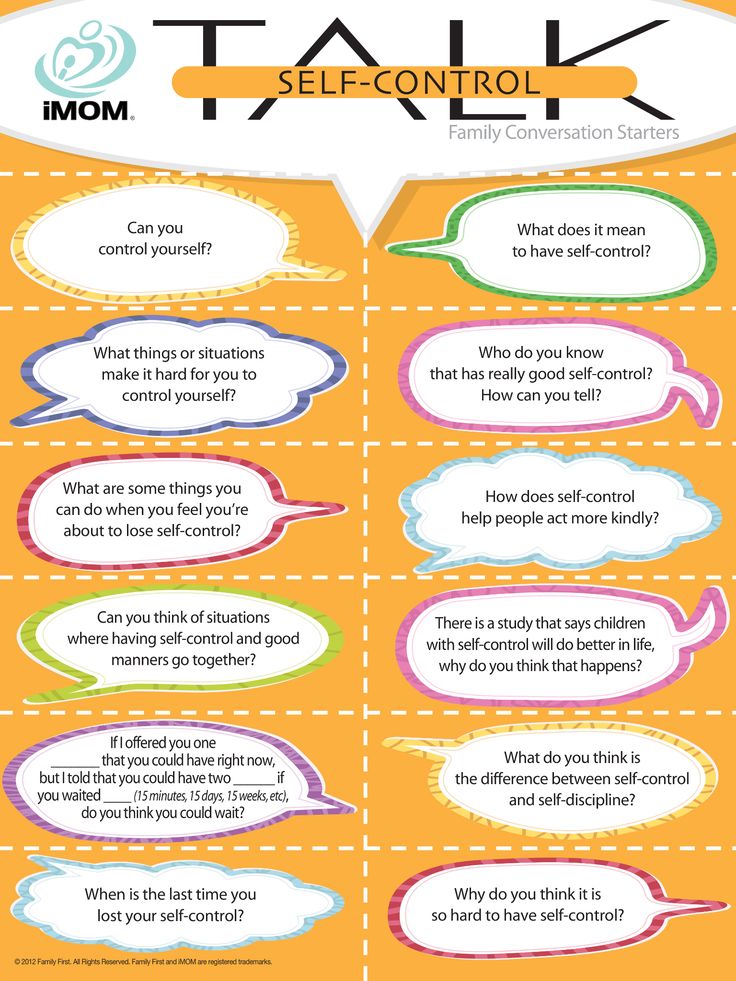
The conversation is about an internal position, not about aggressiveness. Lability and lack of control are inherent in adolescents, and not in adult self-sufficient people.
Accordingly, even a training or friendly battle gives, on the one hand, practical skills - to make a bright sequence of movements, bring an idea to a climax, show a spectacular feature, on the other hand, develops the psychological basis of the dance - self-confidence, resistance to extraneous attention, self-control and self-control in complex elements.
12. Communicate with professionals
The environment shapes the internal position. Basically, real passionaries of the dance community are ready to openly talk, discuss and support the development of dance in every possible way. Universal principles and the ideas they articulate have a much longer and more practical perspective than meets the eye.
Accept that, for example, behind the words "listen to your partner" is not only a beautiful metaphor, but also a practical skill to literally listen to your partner. At the same time, always treat every thought, even the most respected teacher, as a private opinion.
At the same time, always treat every thought, even the most respected teacher, as a private opinion.
Your skill will lie in finding the scope of the idea even in conflicting opinions. Most often, the contradiction is speculative and the truth lies in the angle of perception or situationality.
Your dancing growth will stop sooner or later. This can happen at the level of three basic steps or years of experience in teaching and show performances. Regardless of your level, the suggested 12 life hacks can get you off the ground and greatly accelerate your dance growth. There is no way here without your motivation and activity. Take your dance development into your own hands. 9Ol000 Dangerous sexuality
Salsa: destroyers of stereotypes
Couple dancing as a source of strength.
Self-destruction of the couple dance community
The Salsa series as a mirror of the community
Mamita Fridays: salsa, bachata
Destroying the myths about leading pair dances
Does dancing make us better?
The seven deadly sins of teachers
Why we will never dance bachata like the Dominicans
Why tango?
Dispute over musicality
Selection of dances according to alcohol preferences
Where to find inspiration for dancing?
Terrible tango nuevo
Distribution of roles in a salsa party
Argentinean tango through the eyes of a salsa dancer
Is there a predisposition to dancing?
Which is more effective: individual or group lessons?
Sexual overtones in partner dancing
I want to dance.
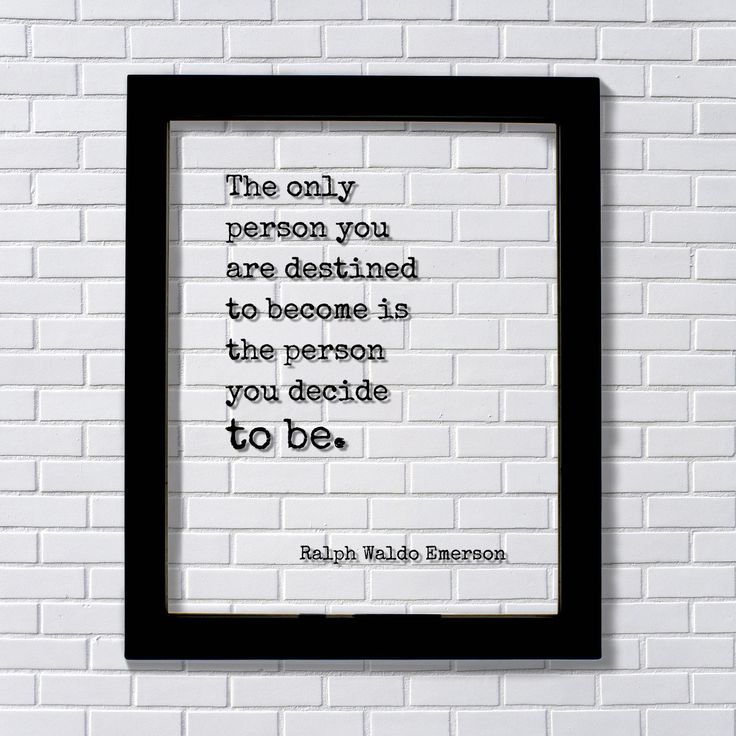 10 misconceptions about dancing
10 misconceptions about dancing The desire to learn to dance is natural and natural in the modern world. You can list the reasons, starting with obvious and popular pragmatic desires, for example, to start moving or losing weight, ending with unconscious and even existential ones.
This is due to the fact that dancing is at the subtle intersection of the inner and outer worlds, physical and spiritual. Above this, music becomes a driver that cannot leave anyone indifferent.
In dancing there is magic inside a person, which is not always noticeable when observed from the side. At the initial stage, it is the external picture that attracts to dances, and sometimes repels, as it seems too frivolous and superficial.
But there are even stronger obstacles that stop many people from starting dancing. These illusions and delusions roam the minds of the majority, and are often afraid to ask about them directly, or they ask the question about it so often that they are no longer ready to hear an honest direct answer.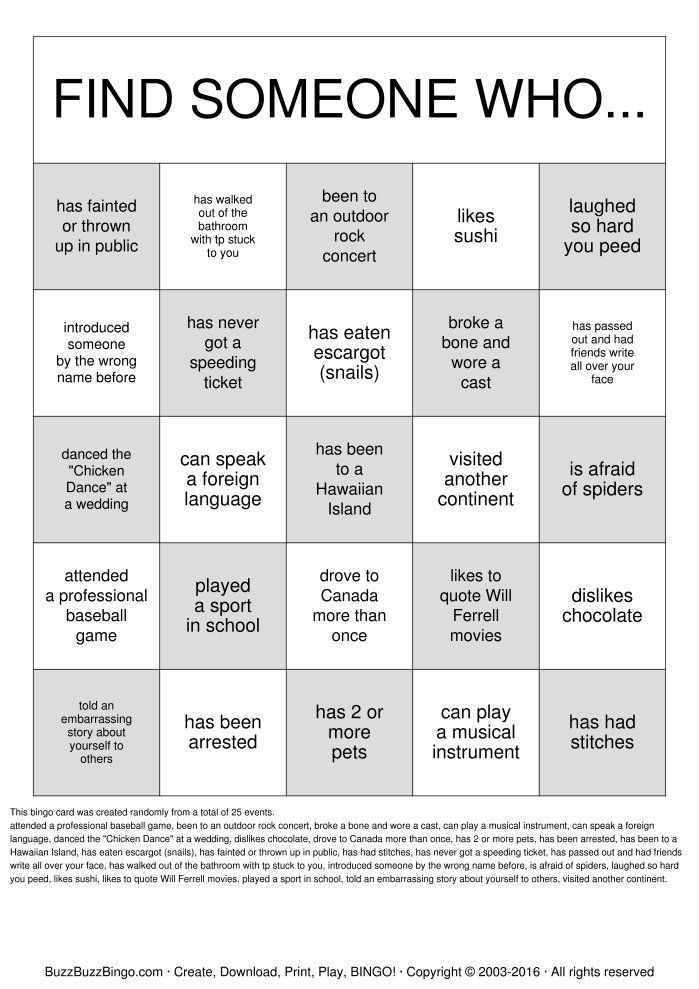 I will try to do it in this article.
I will try to do it in this article.
There are many examples of contemporary dance educators sharing their thoughts about not expecting to be in the dance industry. Once upon a time there was a man and was engaged in adult, serious business. Sometimes even very serious. A person could have children and even grandchildren. I saw dances only on stage or on TV. For reasons unknown to himself, he ended up in dances. At first, everything seemed like entertainment and a useful pastime. But time has passed, and a person catches himself thinking that he thinks about dancing not just every day, but really all the time. A couple of years pass, and he already becomes a teacher or organizer of some event.
A similar path can start at 15 or 55 years old. The only difference will be in the self-perception of the starting stage, that it’s too late to dance. In fact, for each age there is its own dance direction, which can reveal it to the greatest extent at this stage. Hip-hop or breaking is closer to children and teenagers, and Argentine tango is closer to adults. It's never too late to start dancing. You need to make the right choice of dance style based on several parameters: age, gender, music, goal. There is a dance direction for any arrangement.
Hip-hop or breaking is closer to children and teenagers, and Argentine tango is closer to adults. It's never too late to start dancing. You need to make the right choice of dance style based on several parameters: age, gender, music, goal. There is a dance direction for any arrangement.
Misconception 2: men don't dance
Our culture has a number of restrictions related to dancing. Most of these causes are psychological and lie outside the realm of rational reasoning.
First, in our culture, in principle, dancing for pleasure or self-expression appeared relatively recently. 20-30 years ago dance clubs were only for children. To start dancing even in adolescence was considered exotic.
Secondly, the aesthetics of the body in our country for men is not in the focus of attention. In general, this can be attributed to the fact that Russian men try hard not to draw attention to their appearance and clothing. Men in our country use other tools for this.
Third, dancing is associated with entertainment and alcohol. If a man feels serious and respectable, then he either does not have time or desire for this.
Nowadays the general cultural background has changed and the result is that men are learning to dance. It becomes as much a sign of masculinity as clothing, hair or beard.
Unfortunately, many misconceptions remain even among those who have already started dancing. Dance teachers do not always pay attention to this, as it seems to them that this is a matter of course.
Fallacy 3: special training is needed
For an outside observer, there is always a cognitive dissonance about what dance is. What he sees on the big stage in the form of a show with sweeping movements and splits is obviously dancing. Breakers doing unimaginable elements in the air and on their hands, competing with each other, also seem to be dancing. Pensioners in the park waltz. Dancing again, but for some reason everyone is so different. How to understand that this is a dance, and what physical criteria should be in the body.
How to understand that this is a dance, and what physical criteria should be in the body.
In fact, any self-expression through the body to music can be attributed to dance. There are a number of reservations, but they are not essential. For self-expression, a person uses the set of plastics that he has. Subtlety and technique do not depend on extreme ways of self-expression, and it often happens that splits and somersaults interfere with a meaningful dance. The development of plasticity and the expansion of the body's capabilities are part of the preparation of the dancer, but not an end in itself.
Misconception 4: You must learn to dance in pairs
In couple dancing, the final learning outcome is that the couple dances at a party. It would seem that you should always train together to get the desired result. This is not true. Let's take an example from boxing. An indicator of a boxer's skill is a fight with an opponent, but this does not mean that he constantly has to fight.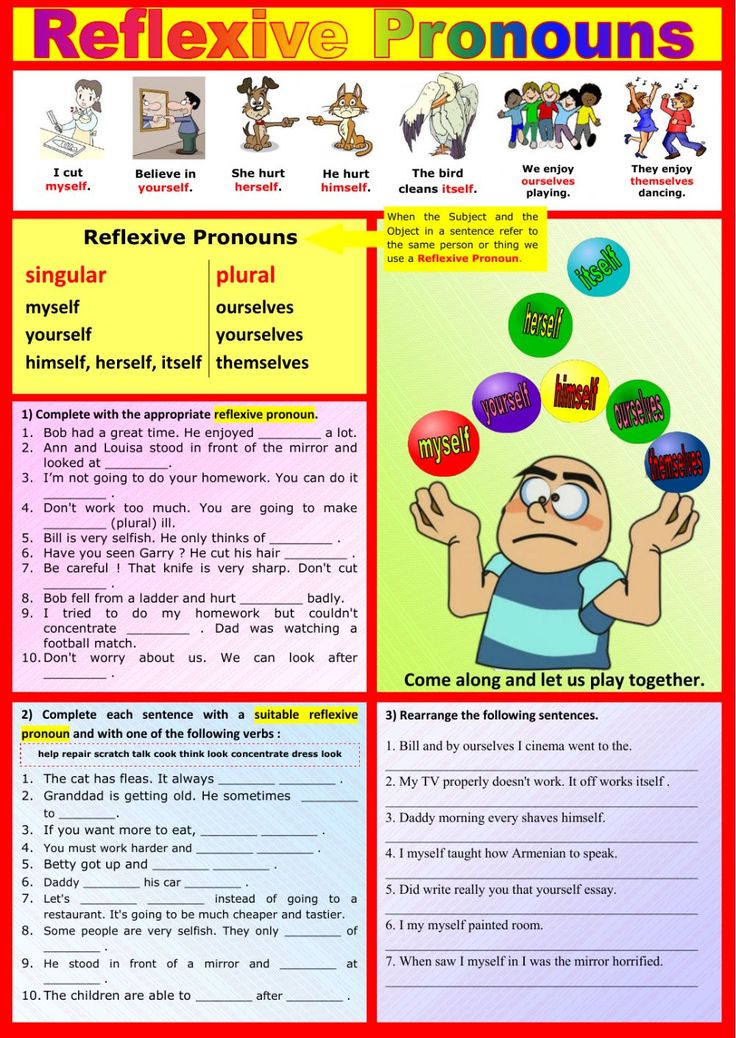 Also, the ability to dance is built on the possession of one's own body and the ability to interact.
Also, the ability to dance is built on the possession of one's own body and the ability to interact.
The skill of the teacher is the correct selection of methods so that the student masters the skill. Based on the skill, you can engage in creativity and self-expression in dance. Not everyone knows, but it is no coincidence that almost all social dance dancers have a serious dance background, which is based on the development of individual techniques.
The same can be attributed to the interaction in a pair. The ability to separate in oneself the one who leads and the one who follows the lead is impossible within the framework of studying the sequence of movements in pairs. For this, there are special exercises that make the skill more versatile. For this, the presence of a permanent couple is not necessary, as well as the regular presence of a partner in general.
IMPORTANT! You can’t experiment at a party, and everything should be in its place there: men dance with women.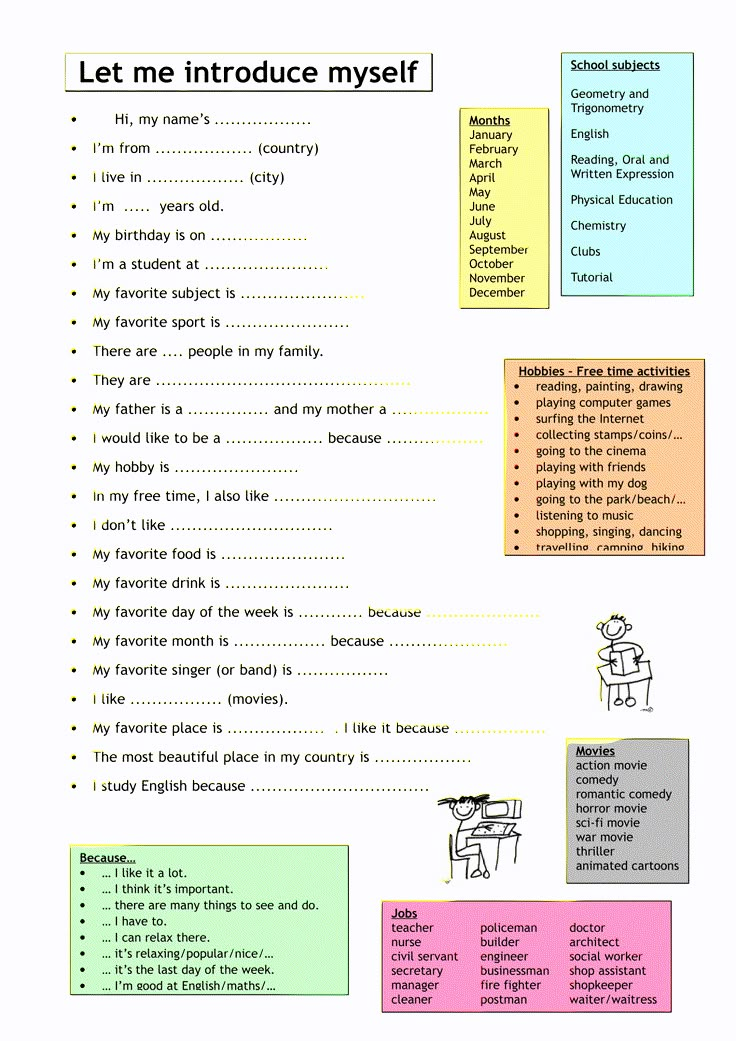
Getting rid of illusions is a complex internal process. If you leave them to yourself, you can even get the opposite result.
Misconception 5: plastique and stretching are obligatory attributes of dance
Much depends on the genre of dance that you want to master. In previous articles, I have already mentioned that different dance styles are suitable for different ages. It is appropriate to dance hip-hop in adolescence or youth, Argentine tango is a more adult dance, it is important to enter classical choreography at a young age.
The degree of necessary plasticity and sensitivity to the dance direction also correlates. For example, breaking requires great physical effort and dexterity. Elements are built on acrobatics and high speed of execution. Who are they more suitable for? Obviously young people.
There is a lot of interaction in salsa. It is necessary to feel the partner subtly, to be able to show a variety of figures and elements.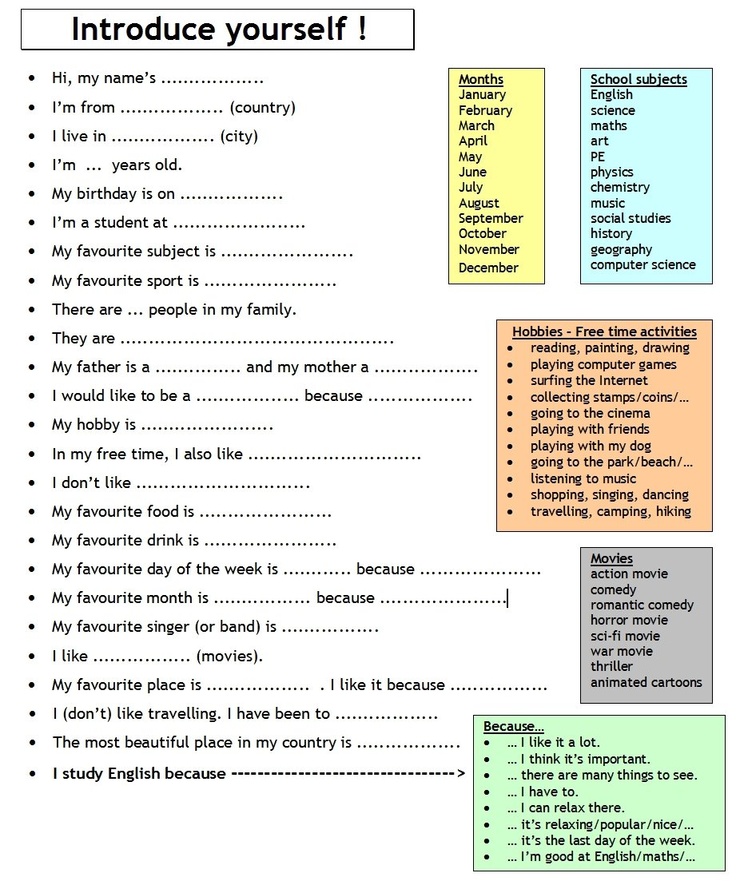 Twine or acrobatics are completely inappropriate here. However, a variety of ways to show oneself are required. Accordingly, the dance is youthful, but not at all childish.
Twine or acrobatics are completely inappropriate here. However, a variety of ways to show oneself are required. Accordingly, the dance is youthful, but not at all childish.
The older the dance, the less stretching or acrobatics is required. The main emphasis is on the quality of technology, the variety of ideas and the ability to show plasticity.
Misconception 6: Mirrors are necessary for learning
There is a set of instruments that dancers use to learn how to dance. The fact is that the dancer needs to receive feedback on how his movements look from the side. It is impossible to dance and see yourself from the side at the same time. The most common tool is a mirror. But not the only one.
Like any auxiliary tool, mirrors have positive and negative effects. The positive is that they can receive feedback in real time and technically it is not very difficult. The downside can be dependence on mirrors. A situation where a dancer cannot capture the feeling of dancing, such as on stage or at a party. For these purposes, you can use, among other things, video filming or proper preparation.
For these purposes, you can use, among other things, video filming or proper preparation.
In many countries in Latin America, dance classrooms are not equipped with mirrors. Classes are held in bars or large halls. The dancers initially form the skill of focusing on the inner sensation, and not the habit of looking for their reflection in the mirror with their eyes.
Misconception 7: there is a lot of obsceneness in dancing
A common question from novice dancers who are taking their first steps in more contact couple dances is “in order to dance cool, there must be passion inside the couple?”. I immediately answer that no, not necessarily. Kizomba, bachata and Argentine tango attract many with their close contact. Like any other contact in our everyday life, in dances, contact can be different. We hug friends, parents, children. These hugs can wear many different shades. Sexual overtones are one of many.
The culture of dance also includes the boundaries of what is acceptable. A compliment from a well-mannered person is different from a statement about female sexuality by a gopnik. Usually, those who study at a dance school already have an idea of what boundaries should not be crossed. A good dance from a technical point of view will never look vulgar or vulgar.
A compliment from a well-mannered person is different from a statement about female sexuality by a gopnik. Usually, those who study at a dance school already have an idea of what boundaries should not be crossed. A good dance from a technical point of view will never look vulgar or vulgar.
Dancers always have a choice about the boundaries of contact. Most prefer to leave a good impression of themselves, as word spreads just as fast in the dance world.
Misconception 8: the best dancers are the bearers of culture
Even the very question of the origin of a particular dance can be paradoxical and ambiguous, especially when it comes to its development and performance.
For example, the Viennese waltz did not originate in Vienna, but in Germany. Salsa has its main roots in the USA, not in Cuba. The famous Greek folk dance sirtaki was invented for the film "Zorba the Greek" and appeared only in 1964.
The same can be attributed to the development of modern dance styles.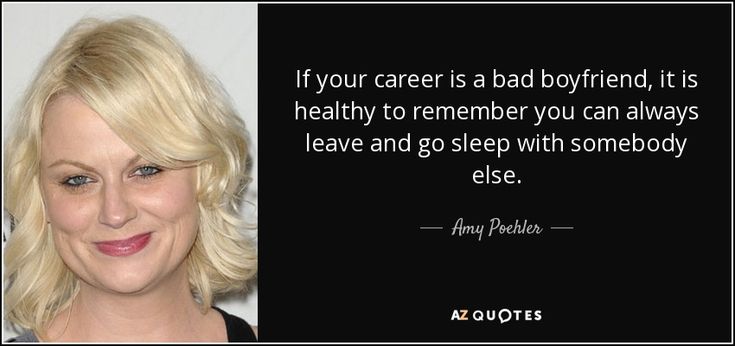 Korea is known for its world-leading break dancers. People go to Turkey for Argentine tango, Spain is strong with excellent salsa and bachata dancers, in Egypt, Russians are considered the best belly-dance performers.
Korea is known for its world-leading break dancers. People go to Turkey for Argentine tango, Spain is strong with excellent salsa and bachata dancers, in Egypt, Russians are considered the best belly-dance performers.
A good dance is based on quality training and diligence. Skin color, place of birth and age are secondary. Exotic appearance, unfortunately, is often a reason to be more superficial about one's own professional development. This becomes the reason for the low level of teaching among the bearers of culture. I am sure that few readers of this post will be ready to conduct a master class in Russian folk dance outside of Russia.
The mastery of mastering and teaching a particular style does not depend on the dancer's homeland. And "they absorbed the dance with their mother's milk" is nothing more than a common misconception.
Misconception 9: You have to know a lot of moves to learn to dance
Focusing on learning a lot of moves often detracts from the essence of dance.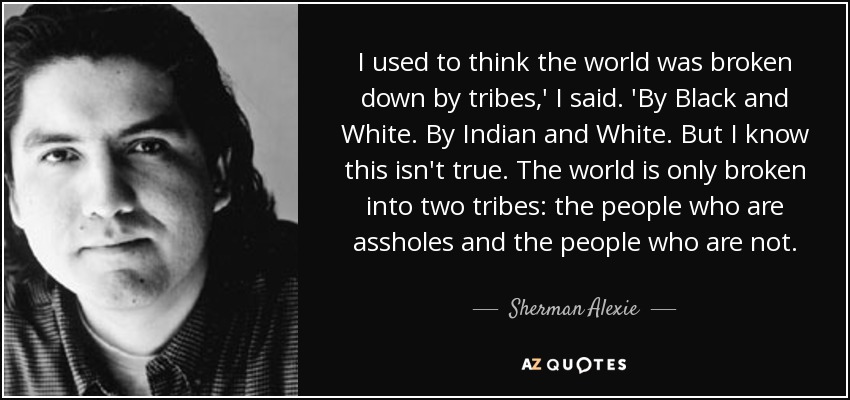 Of course, the sequence of figures is important. Especially at the start. Over time, the dancer should have an understanding of how movements can be generated independently. Accordingly, instead of memorizing millions of figures, you can understand how to create them.
Of course, the sequence of figures is important. Especially at the start. Over time, the dancer should have an understanding of how movements can be generated independently. Accordingly, instead of memorizing millions of figures, you can understand how to create them.
From every system of improvisation that a dancer can use as an instrument, dozens, hundreds or thousands of variations are derived. This frees the head from trying to reproduce the exact sequence and definitely adds freedom in the performance of the dance.
The huge theme of musicality can be attributed to the same question. Not every pre-conceived or learned sequence will fit specific music. The dance should give freedom, and not drive the dancer into the shell of the ropes.
Misconception 10: dancing is homosexual
The unusually high attention to the body and the flair from stories about professional ballet led to the spread of this myth, among other things.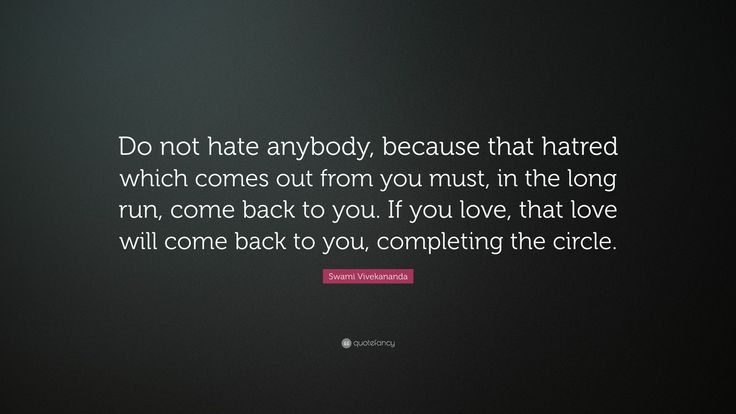 Unfortunately, such an idea still exists in the minds of our fellow citizens.
Unfortunately, such an idea still exists in the minds of our fellow citizens.
The dance industry is now very broad and is represented by many dance styles. Some of them can even be called homophobic. Dances reflect the general attitude to the world and it is different depending on the life position and worldview of a person.
In many dances there is contact between the dancers. In Russia, dance contact between men has always been perceived very intensely. In most other countries it is different. An example of the fact that this tension is associated only with the dance theme and does not apply to other areas is, for example, wrestling. When practicing techniques, men are in much closer contact with each other. Sometimes lying on the floor and holding each other tightly. The historical roots of Greco-Roman wrestling are also ambiguous from a sexual point of view. But in our country, unlike dance, they are perceived as acceptable and brutal.
Dance, like the culture of speech, makes a modern person more successful and self-confident.